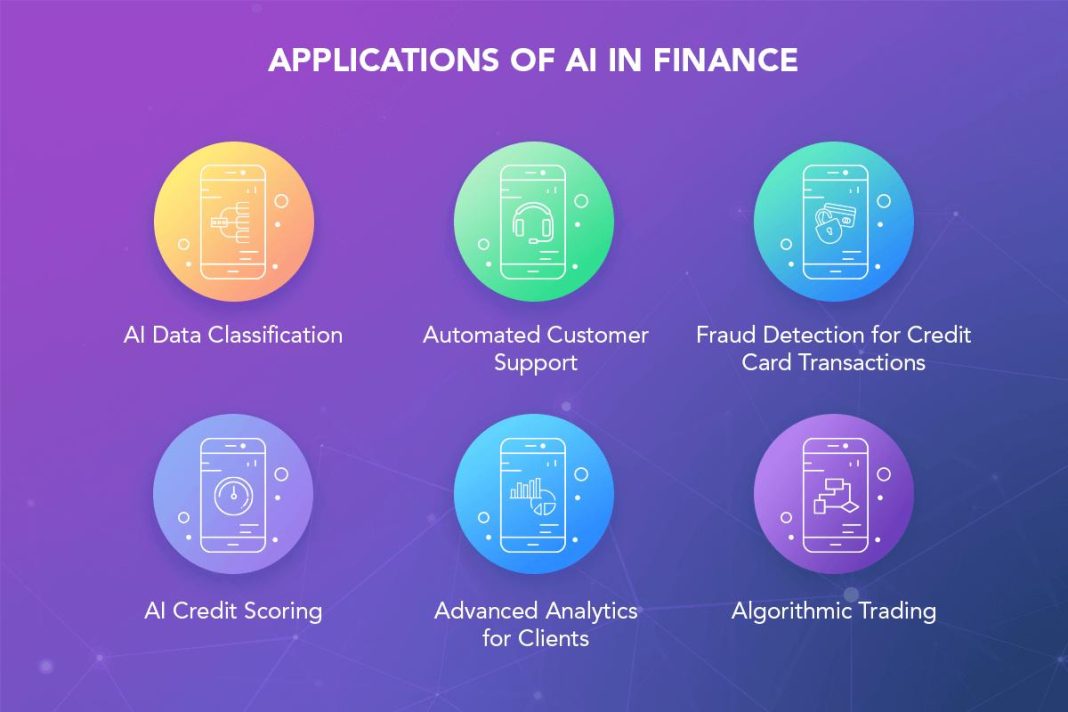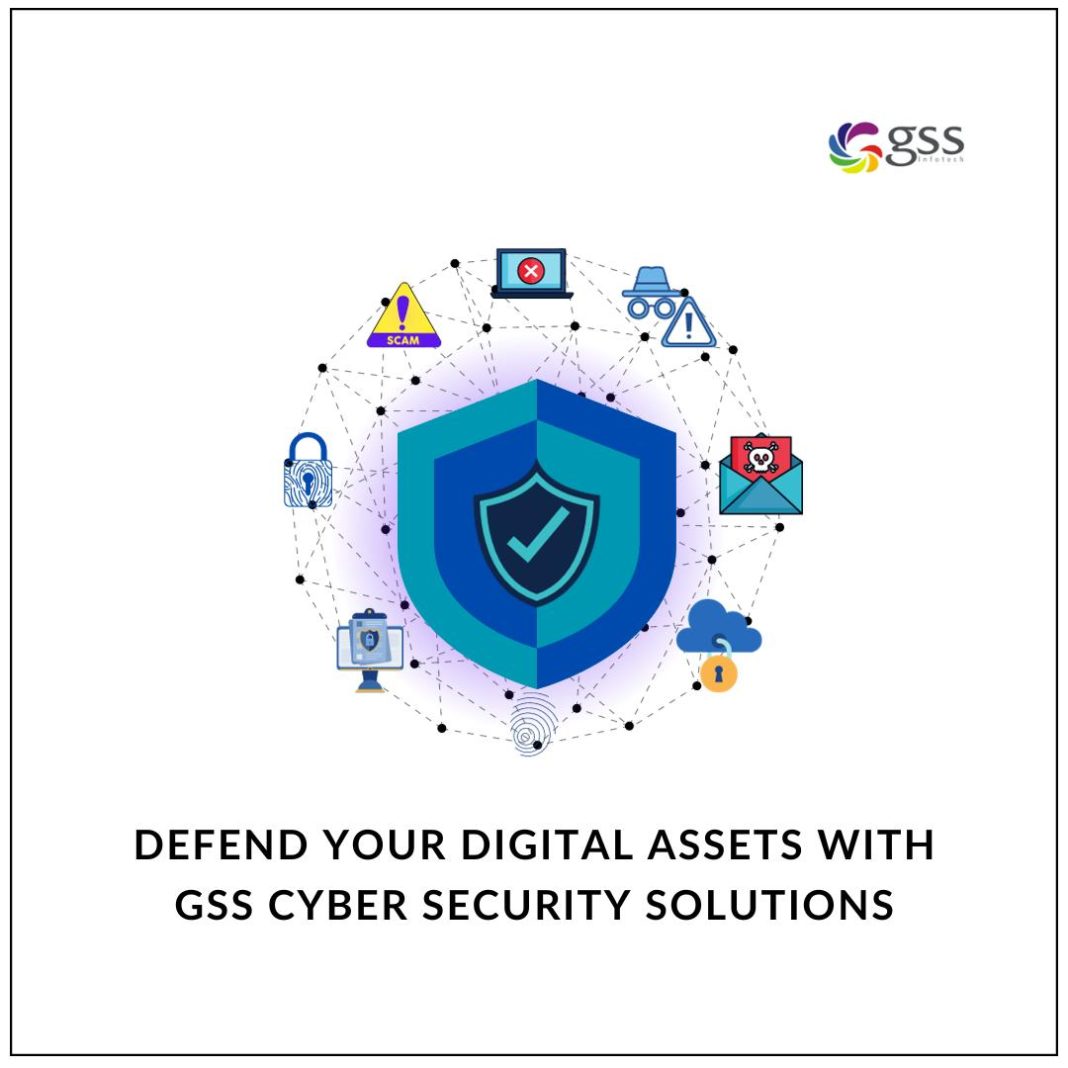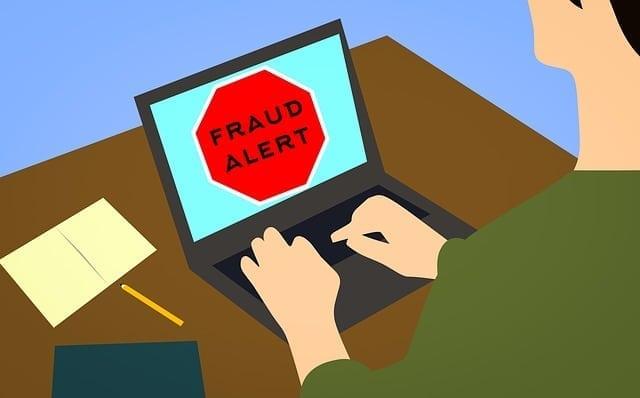In the labyrinthine world of finance, where numbers dance across screens and fortunes are made and lost in the blink of an eye, the specter of fraud lurks in the shadows, waiting to pounce on the unsuspecting. Financial fraud is not merely a tale of deceit and betrayal; it is a sophisticated art form, honed by those who exploit the very systems designed to protect us. Yet, as intricate as these schemes may be, they are not impervious to detection. In this article, we embark on a journey to unravel the mysteries of financial fraud, equipping you with the knowledge and tools to anticipate and thwart these malicious acts before they materialize. With an authoritative lens, we will delve into the telltale signs, the subtle red flags, and the innovative technologies that empower individuals and institutions to stay one step ahead in this high-stakes game of cat and mouse. Prepare to arm yourself with the insights necessary to safeguard your financial future, as we illuminate the path to detecting financial fraud before it happens.
Spotting the Red Flags: Early Warning Signs of Financial Fraud
In the intricate world of finance, vigilance is your greatest ally. Recognizing the early warning signs of potential fraud can safeguard your assets and peace of mind. Be wary of unsolicited communications—whether through email, phone, or social media. Fraudsters often pose as legitimate institutions, crafting messages that mimic official correspondence to lure you into their trap.
- Too-Good-To-Be-True Offers: Promises of high returns with little risk are a classic bait. If an investment opportunity seems overly lucrative, it’s wise to question its legitimacy.
- Pressure to Act Quickly: Scammers often create a false sense of urgency to prevent you from thinking critically. Genuine financial institutions allow time for consideration.
- Requests for Personal Information: Legitimate companies will never ask for sensitive data like passwords or social security numbers via unsecured channels.
By keeping these red flags in mind, you can better protect yourself from the ever-evolving tactics of financial fraudsters. Remember, a cautious approach today can prevent significant losses tomorrow.

The Power of Data Analytics: Uncovering Hidden Patterns
In the fast-paced world of finance, the ability to predict and prevent fraud can be a game-changer. Leveraging the power of data analytics allows organizations to delve deep into vast datasets, revealing insights that are not immediately obvious. By employing sophisticated algorithms and machine learning models, businesses can detect anomalies and patterns that might indicate fraudulent activities long before they escalate. These models can sift through millions of transactions, identifying outliers and inconsistencies that human analysts might overlook.
- Behavioral Analysis: By analyzing the behavior of users over time, data analytics can flag unusual activities that deviate from established patterns.
- Predictive Modeling: Using historical data, predictive models can forecast potential fraud risks, enabling proactive measures.
- Network Analysis: This technique uncovers relationships between seemingly unrelated entities, identifying potential collusion or fraud rings.
Implementing these techniques not only enhances security but also builds trust with clients and stakeholders. As financial fraud becomes increasingly sophisticated, the tools and strategies used to combat it must evolve at an even faster pace. By staying ahead of the curve, businesses can protect their assets and reputation, ensuring a safer financial environment for all.
Strengthening Internal Controls: Building a Fraud-Resistant Framework
Establishing a robust framework to preempt financial fraud is essential for safeguarding an organization’s assets and reputation. A comprehensive approach involves implementing a series of strategic measures designed to identify vulnerabilities and fortify defenses. Start by conducting a thorough risk assessment to pinpoint potential fraud hotspots within your operations. This involves scrutinizing financial processes, evaluating employee roles, and identifying areas where oversight may be lacking.
Once vulnerabilities are identified, it’s crucial to bolster your internal controls with the following strategies:
- Segregation of Duties: Ensure that no single individual has control over all aspects of any critical financial transaction. This minimizes the risk of errors and fraudulent activities going unnoticed.
- Regular Audits: Implement routine internal and external audits to detect irregularities early. These audits should be unannounced and comprehensive, covering all facets of financial operations.
- Access Controls: Restrict access to financial systems and sensitive data to only those who absolutely need it. Regularly review and update access permissions to reflect changes in personnel and responsibilities.
- Employee Training: Educate staff on fraud awareness and the importance of ethical behavior. Encourage a culture of transparency where employees feel comfortable reporting suspicious activities.
By proactively enhancing these controls, organizations can create a resilient environment that deters fraudulent activities before they can take root.
Cultivating a Culture of Vigilance: Empowering Employees to Detect Fraud
Creating an environment where employees feel empowered and responsible for identifying fraudulent activities is crucial for any organization. Vigilance should be woven into the very fabric of the company culture, ensuring that every team member understands their role in safeguarding the organization’s assets. Encourage open communication and establish clear reporting channels to foster a sense of responsibility and trust. Regular training sessions and workshops can help employees stay informed about the latest fraud schemes and detection techniques. Moreover, incentivizing proactive behavior by recognizing and rewarding employees who identify potential risks can further strengthen this culture.
- Education and Training: Conduct regular workshops to educate employees about common fraud indicators and prevention strategies.
- Open Communication: Establish clear, anonymous reporting channels to encourage employees to report suspicious activities without fear of retaliation.
- Incentivize Vigilance: Recognize and reward employees who demonstrate exceptional diligence in identifying potential fraud risks.
- Leadership Involvement: Ensure that leadership models the behavior expected of employees, emphasizing the importance of vigilance in all communications.
By embedding these practices into daily operations, organizations can transform their workforce into a powerful line of defense against financial fraud, ensuring that threats are identified and addressed before they escalate.





